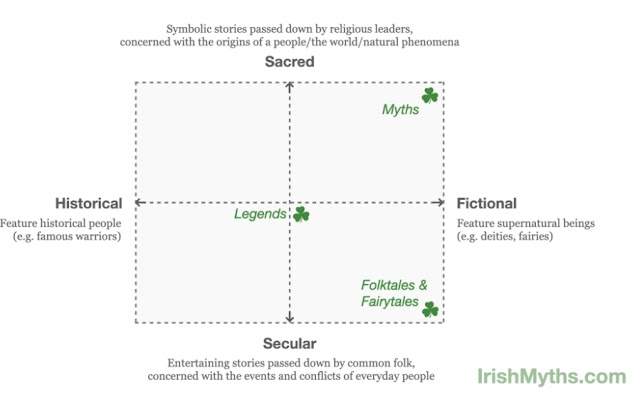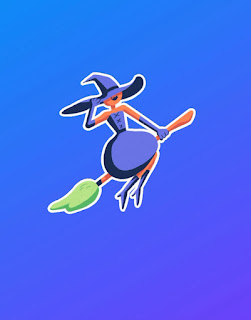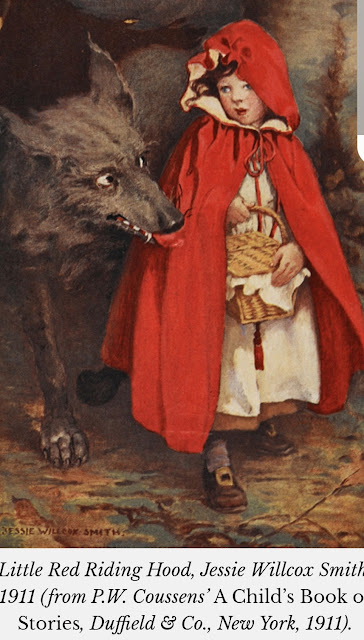Imbolc

O Ritual de Imbolc é um dos quatro rituais ou “sabats” considerados mais importantes e mágicos do ano. Também conhecido pelos nomes Imbolg, Oilmec, Festa do Fogo, Noite de Brigit ou Candlemas, é um festival que tem suas origens históricas na Irlanda, Escócia e Ilha de Man. É um dos quatro festivais mágicos gaélicos e ainda chamado de festival galês Gwyl Fair y Canhwyllau. Roda da Vida Celta A Roda da Vida celta é composta de oito rituais que celebram e se conectam com energias específicas. São eles: Samhain (noite das bruxas) Litha (solstício de verão) Imbolc (noite do fogo) Mabon (equinócio de outono) Beltane (ritual do amor) Yule (solstício de inverno) Lammas (ritual da colheita e prosperidade) Ostara (equinócio de primavera) Data do Ritual de Imbolc O Imbolc é celebrado entre 30/01 e 02/02, mas alguns autores sugerem que no hemisfério sul o ritual é comemorado em agosto – isto acontece pois eles invertem as datas da roda celta dos rituais, acompanhando a inversão das estações, que s







